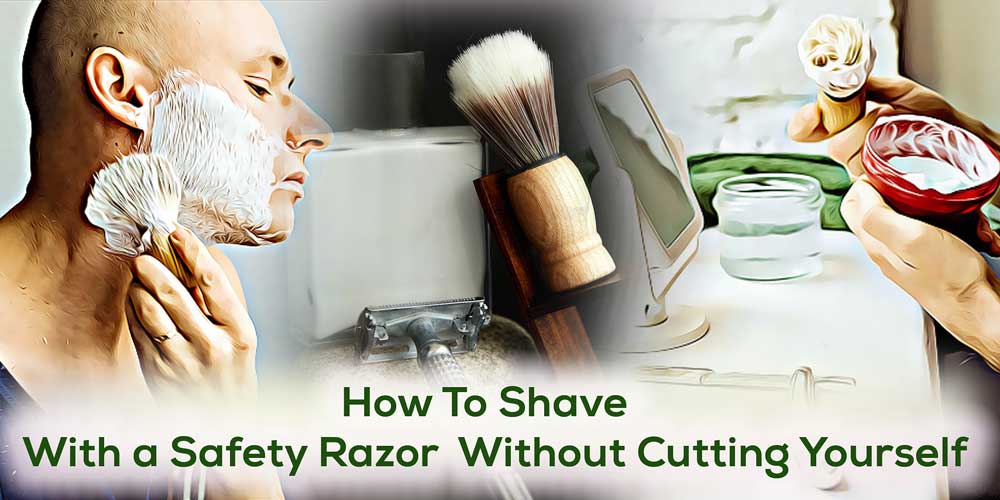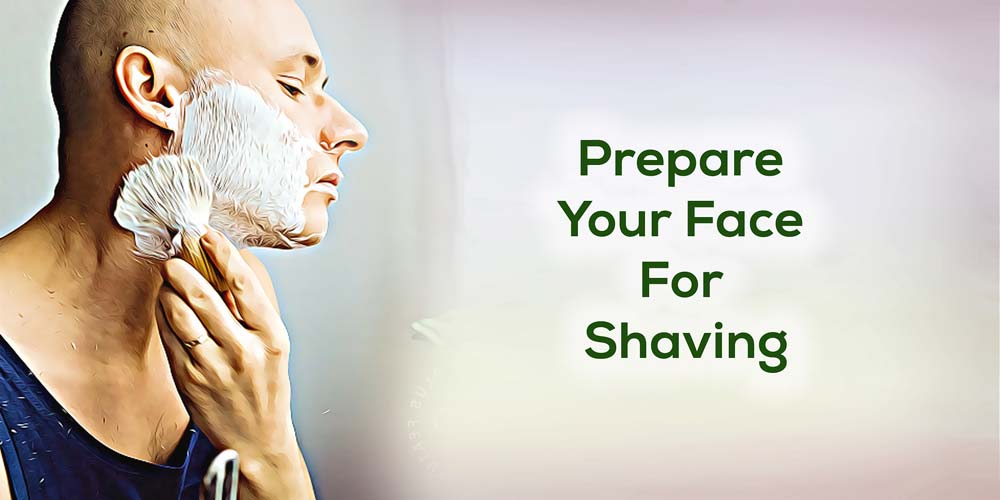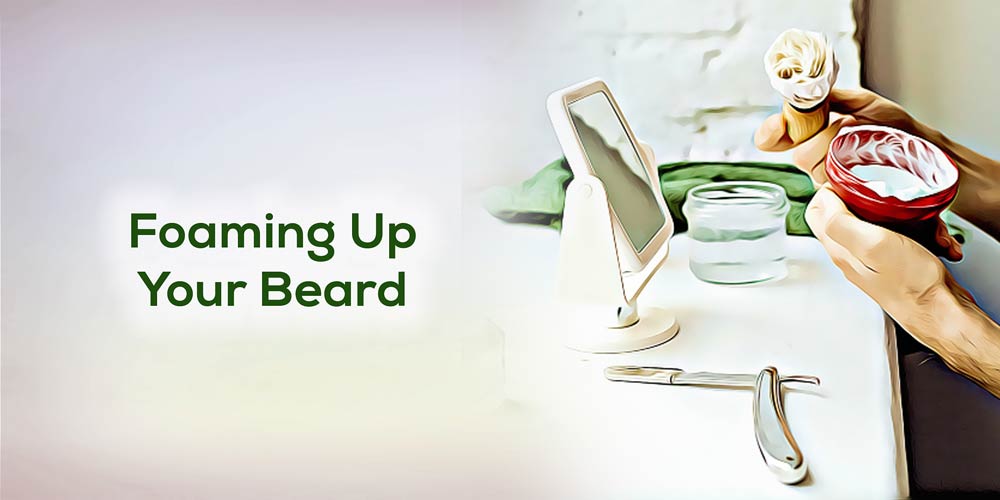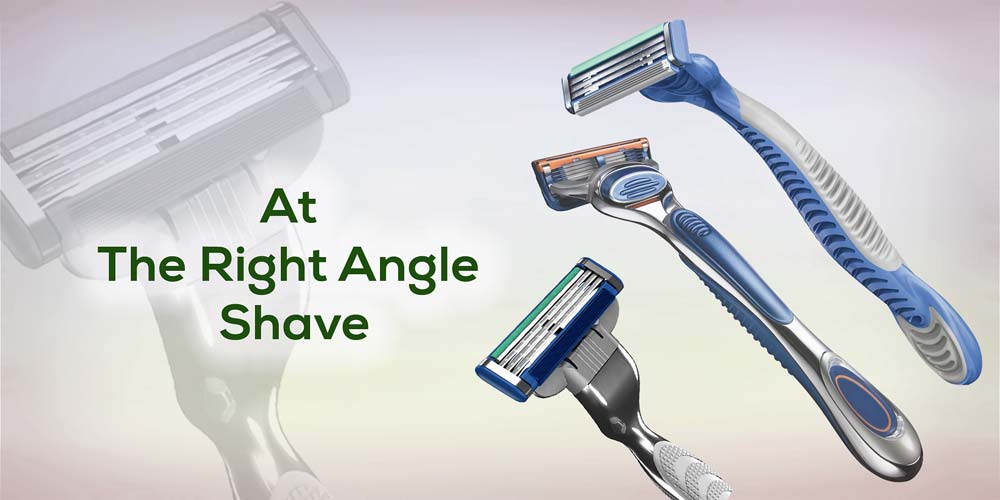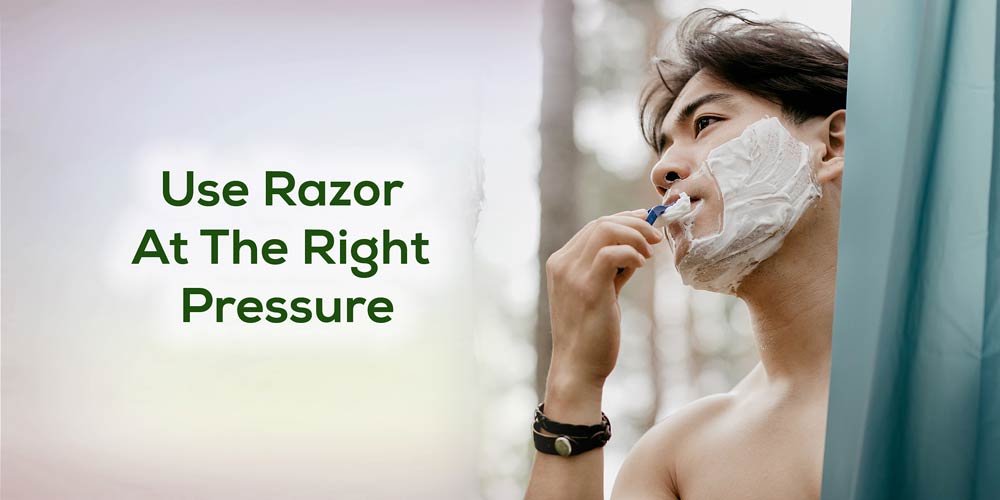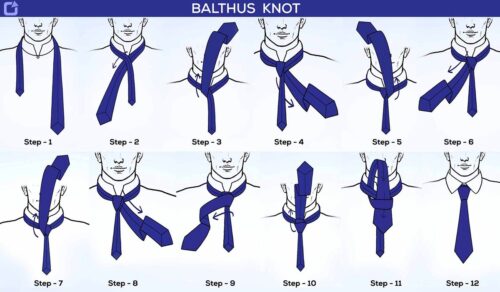How to wet shave with a safety razor without cutting yourself
How to wet shave?
If you’re looking to get a barbershop-quality shave, there’s only one way to do it a safety razor.
But the truth is that most men are afraid even to use a double-edged safety razor, the main reason they shave as soon as possible because presently people do not have time. They don’t know how to shave properly and make stupid mistakes in a hurry that ends up causing cuts and burns. And it has been seen in many people that they start using electric razors and forget what a close shave really feels like.
Don’t be one of those people. In this article, I’ll help you learn how to use a safety razor effectively, so you can start shaving like an intelligent guy.
Firstly Prepare Your Face For Shaving
Mastering how to wet shave with a safety razor without cuts requires careful preparation. Incorporate it into your daily routine seamlessly.
You know how to shave with a safety razor without cutting yourself isn’t easy. To be successful, you have to do it from the beginning.
Careful preparation is the most important step in a shaving routine. For this, you will definitely take some time, but when you bring this to your daily routine then it will all look very easy.
Human facial hair is also soft and hair is strong, if the hair is soft then there is no problem, but if the facial hair is strong then it needs to be hydrated and softened before shaving. For this, wash your face and neck with warm water for at least 4-5 minutes.
Hot water opens up the pores of your face, which increases your sweating and oil production. Skin oil is a natural lubricant that helps prevent razor burns and cuts from developing.
Foaming Up Your Beard
Understanding how to wet shave with a safety razor without cutting your face is all about the amount of shaving foam you use.
Understanding how to shave without cutting yourself with a safety razor is important to the amount of shaving foam you use and the thick lather it creates that provides lubrication and helps the blade slide without damaging the skin.
It is not difficult to understand this. You can get a thick lather in less than a minute with a good shaving soap and a good brush.
There are also three main types of brushes, you can choose from:
1)- Boar brush, 2)- Synthetic brush, 3)- Badger brush.
The badger brush is widely popular because it retains more moisture than the other two types, the Boar brush, and the synthetic brush. But regardless of the type of brush, there are several methods of making thick lather. But it also has the simplest dry and wet methods.
Wet Method
In the wet process method, the shaving bristles should be almost wet. In this, shaving soap is filled by moving wet hair. There should be a lot of foam in the hair of the bristles.
You can also turn the tub of shaving soap upside down so that the mixture gets deeper into the bristles. Doing this can be messy, so be careful not to let any excess foam fall on top.
Dry Method
The dry process is similar to the wet method. Wet the brush with warm or warm water for 2-3 minutes so that your brush can absorb the moisture and become soft. Then brush out the excess water. Keep in mind that the strand should be damp, not wet. Now add a few drops of water to the tub of shaving soap and coat the bristles in a circular motion. The foam should be thick, dense and heavy.
Foam on your face
You can do any of the above methods with your brush in a stroke pattern until the foam covers your cheeks. And when you don’t cover the middle jaw and mid neck, and then you go down to the neck on the same side. Similarly, do the same with the other side. For the septum and lips, do a horizontal, back and forth stroke.
At The Right Angle, Shave
If you do not angle your razor properly, you can face a lot of problems.
If you angle the blade too deep, you could cut yourself. And if the edge is too shallow, it won’t shave anything. So here comes the question what should be the right angle to shave?
The correct answer to this question is 30 degrees Although finding a 30-degree angle can be challenging when using a safety razor, it is easier to find this angle with a disposable/cartridge razor. These razors have a pivot system that does the work for you. Unlike cartridge razors, a safety razor has a fixed head.
This means you need to create the right angle to shave better.
One trick if you don’t have a disposable/cartridge razor is to hold the head of the safety razor at 90 degrees to the skin and then gently roll it up to 30 degrees. You should feel the hair cutting in a continuous glide.
And be careful not to bend the wrist; Keep it closed to maintain proper orientation at all times.
Use Razor At The Right Pressure
Many boys are guilty of this. If you apply high-pressure strokes while shaving, you will damage your skin and put you at risk of serious burns. When learning how to wet shave, avoid applying high-pressure strokes to prevent skin damage, nicks, and cuts. Skin is vulnerable.
While shaving, keep the razor against the skin and hold the handle comfortably. So your hand should be supporting the safety razor, not pulling on it.
Face Shaving Against The Grain
To shave with a safety razor without cutting yourself, you need to understand the direction of natural hair growth and move your facial hair in one direction and then the other to identify your grain. It is easy to feel for yourself whose touch is more gentle.
If you shave against the grain in the opposite direction it is rough and tough. Still, many people prefer to go “against the grain” for a closer shave. Means reverse safety razor is used, this method shaves the hair close to the root, which gives a clean shave.
This method is more likely to cause cuts and burns. Don’t try to shave in the opposite direction until you’re confident with your safety razor. After shaving, wash the skin with warm water.
GADGETS
Body Mass Index Calculator
Ideal Body Weight Calculator
Body Fat Percentage Calculator
